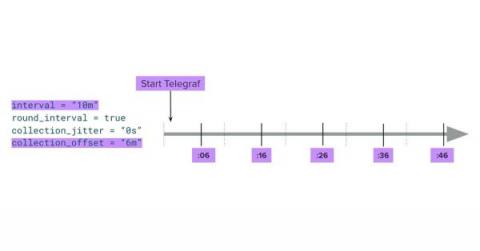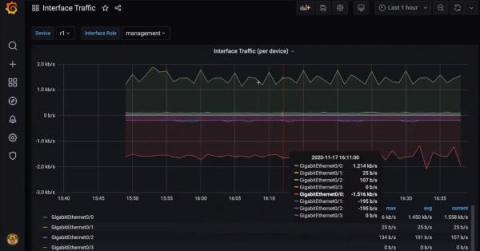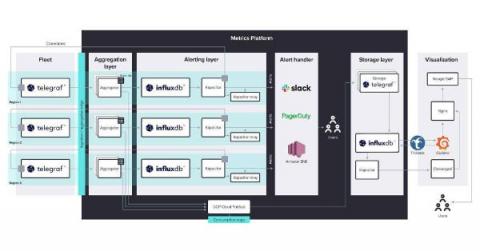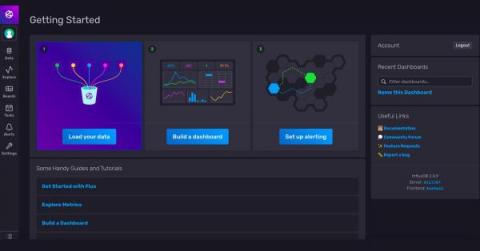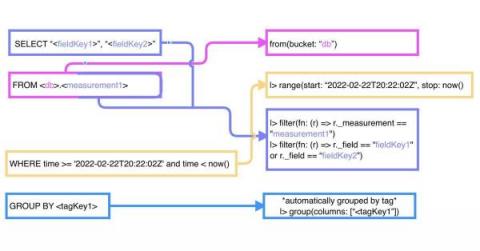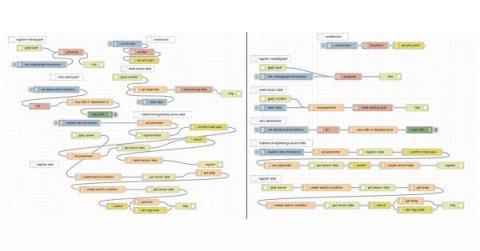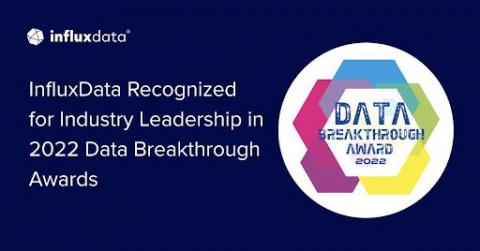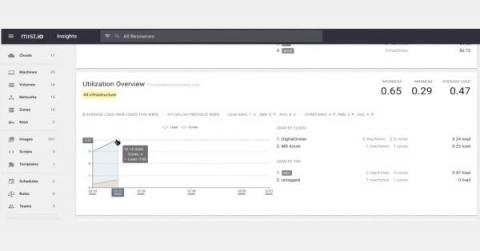How to Time Your Data Collection with Telegraf Agent Settings
Many Telegraf and InfluxDB users often spend a lot of time finding that perfect balance of getting the data they want in while not writing in too much data that they have to deal with unnecessary data in their database. This blog post will give you a better understanding of Telegraf’s data collection settings and help you fine-tune your configuration.


